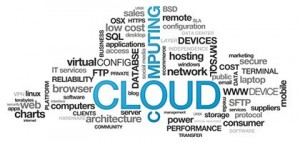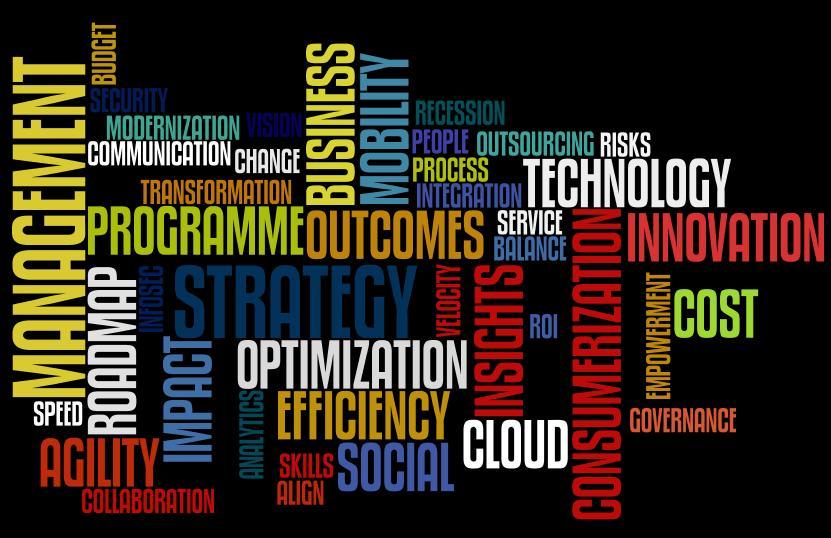 Billing for cloud technology infrastructure (servers, storage, and Ethernet switching) increased by 3.9% in the first three months of the year to stand at $6.6 billion, while a reduction in demand is observed in the field of the public cloud.
Billing for cloud technology infrastructure (servers, storage, and Ethernet switching) increased by 3.9% in the first three months of the year to stand at $6.6 billion, while a reduction in demand is observed in the field of the public cloud.
According to IDC, cloud revenues accounted for 32.3% of total turnover in the IT sector, 2.3 percentage points more than in the first quarter of 2015. Revenue from sales related to private cloud grew by 6.8% to $2.8 billion, while public cloud rose 1.9% to 3.9 million.
The total spending on IT infrastructure products comprising the server, enterprise storage, and Ethernet switches will increase by 15.5% in 2016 to reach $37.1 billion for cloud deployments. By comparison, revenues from non-cloud traditional infrastructure experienced an annual fall of 6%. In this case, the results have penalized the decline in sales of servers and storage, a reduction that has not been offset by growth in the area of Ethernet switches.
Returning to the cloud, switching grew both in the public cloud and private, with increases of 53.7 and 69.4%, respectively; storage experienced an increase of 11.5% as regards to the private cloud but fell 29.6% in the public cloud. And with regard to servers, revenues decreased by 1.1% in private cloud and 8.7% in the public cloud.
“A slowdown in hyperscale public cloud infrastructure deployment demand negatively impacted growth in both public cloud and cloud IT overall,” said IDC computing platforms research director Kuba Stolarski.
“Private cloud deployment growth also slowed, as 2016 began with difficult comparisons to the first quarter of 2015, when server and storage refresh drove a high level of spend and high growth. As the system refresh has mostly ended, this will continue to push private cloud and, more generally, enterprise IT growth downwards in the near term,” added Stolarski.
From a regional perspective, where sales grew more it was in the Middle East and Africa (almost 26%), followed by Central Europe (20.6%), Asia-Pacific (excluding Japan), which made it by 18, 5% and Canada 9.5%. There are also regions where sales have been lower if compared to the first part of 2015. Revenues fell 22.2% in Latin America, 4.1% in the US and an insignificant 0.1% in Central Europe and from the east.
“Public cloud services are increasingly being seen as an enabler of business agility and speed,” said Deepak Mohan, research director, Public Cloud Storage and Infrastructure at IDC. “This is bringing about a shift in IT infrastructure spending, with implications for the incumbent leaders in enterprise infrastructure technologies. Growth of public cloud IaaS has also created new service opportunities around adoption and usage of public cloud resources. With changes at the infrastructure, architectural, and operational layers, public cloud IaaS is slowly transforming the enterprise IT value chain.”
When it comes to private cloud, investment will grow 10.3% to 13.8 billion, with over 60% of this amount allocated to private cloud on-premises environments. The increased investment will be cut across all regions.
In the long term, IDC expects spending to grow at a compound annual rate of 13.2% by 2020, and will reach $59.5 billion. This would represent 48.7% of the total invested in the enterprise IT infrastructure. Also at that time, the public cloud service providers (CSP) will spend 38.4 billion in infrastructure to provide services, while spending on private environments will reach 21.1 billion.

